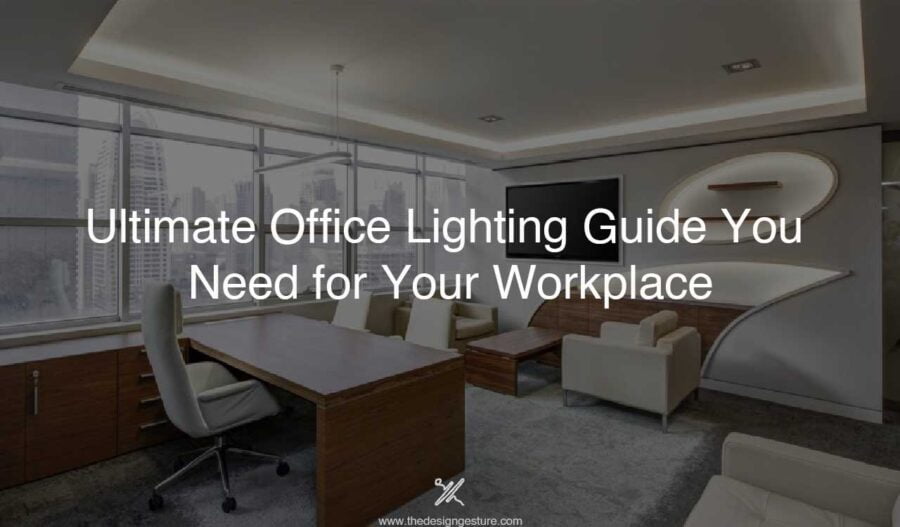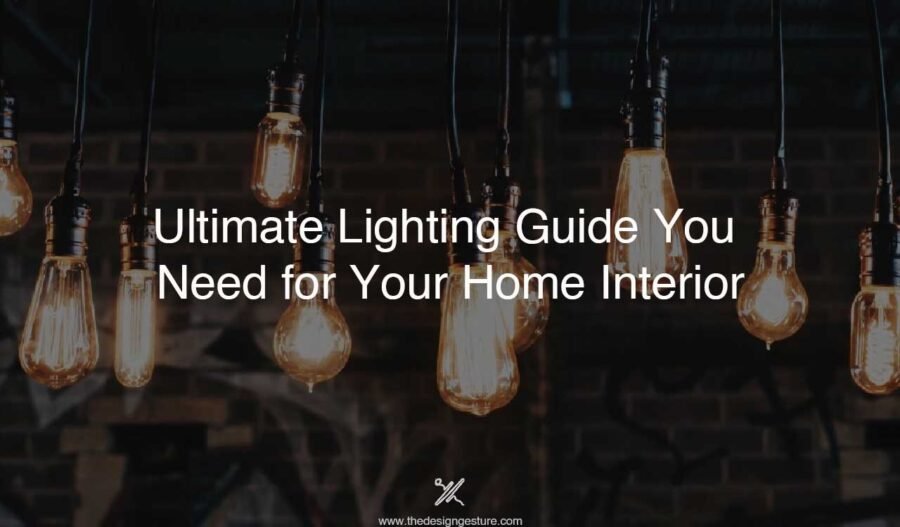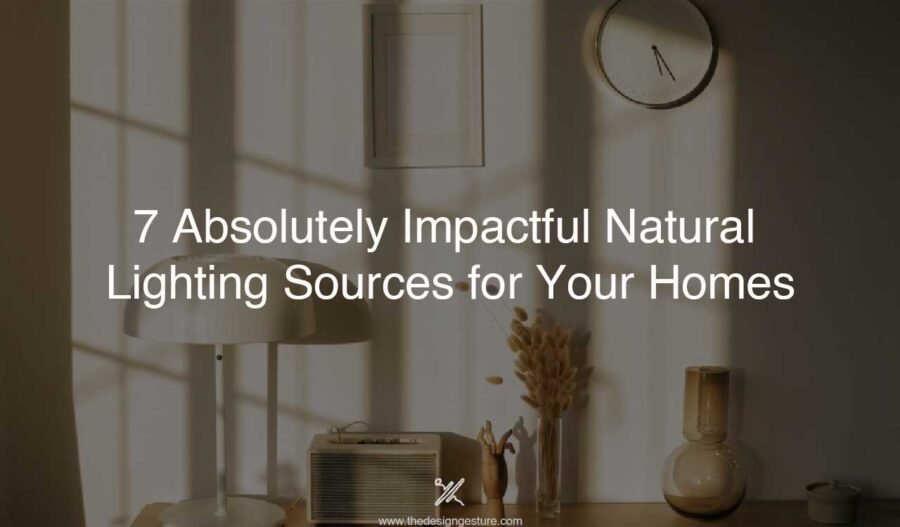Office lighting is more than just choosing light fixture types. Most of the office staff spend almost 8-10 hours of their day in the office. Office lighting can make or break an employee’s zest for working. So having a pleasant, habitual, and comfortable work environment for them is very important.
Here is an office lighting design guide to help you in your office interior in the most efficient way.
Table of Contents
Ergonomics of lighting
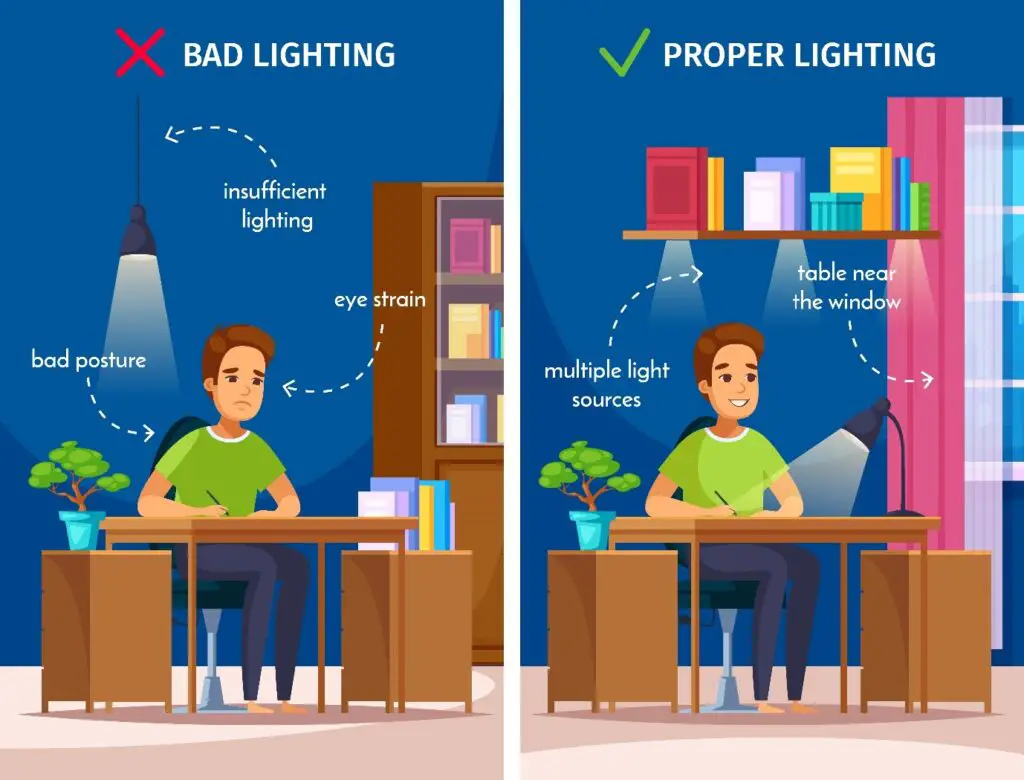
Ergonomics is concerned with designing and arranging lights in such a way that light and people interact with each other in the most efficient and safe way.
Ergonomics is a very important part of every architectural lighting office design. Ensuring sufficient lighting around your workspace is the most important part of good ergonomic lighting. Inadequate lighting forces your eyes to work overtime to make sense of the task, creating eyestrain and headaches.
Impact of Office Lighting Design on productivity and quality of work
It’s proved that more exposure to natural light helps employees to be more productive, creative, and healthy. Workers deprived of natural light are more tired, have headaches due to eye-straining, and are less active.
Adequate lighting meaning is well-designed office lighting that can help in keeping the workers healthy, productive, and motivated at the same time.
Suitable Light for an office
The lighting in any office should provide a wide spread of illuminance of light. The layout should be planned in such a way that there are a smaller number of shadows cast in any of the spaces.
The most ideal choice for office lighting is LED.
Benefits of LED Lighting
- LED can be dimmed as per the daylight and eyestrain.
- It is an energy efficient alternative because of its longer shelf life.
- LEDs don’t use energy in the form of infrared radiation.
- They can last for up to 50,000 hours.
- LED panels help to eliminate glare, which can improve comfort and workability.
Use Maximum Natural Light
Natural Light is the best source of lighting for any space. In an ideal situation, natural light should act as primary lighting and all the artificial lighting should be secondary. The work environment feels welcoming and brighter in the daylight.
Positioning the workstations or cubicles such that they face north or south can also help. By this, you can avoid direct sunlight as it can create glares.
Using more natural lighting sources is also very cost-efficient as we save on a lot of energy. With new technologies like daylight harvesting systems, we can now have automated dimmable lights in accordance with the natural light present.
Use Different Light Sources
Office lighting is not just limited to overhead or desk lighting. Lighting is also used for visual appeal, particularly in corporate offices where companies would like people who visit to get a good first impression, much of which can be achieved by good lighting.
Indirect lighting can help in subtly illuminating the workspace and relieve eyestrain.
Non-reflective background surfaces, like a matte finish or muted colour furniture, can positively influence a work environment.
Colour temperature for an office
There is no set thumb rule for light colours of any office.
Having said that, cooler bluish and white lights are ideal for spaces where more concentration on work is required.
Warm, yellowish-toned lights work well in spaces where people come for relaxing.
Save Energy
The best way to save energy in an office is by using LEDs and setting up motion-censored lights.
Dimmers are also an efficient way of energy saving.
Install Lighting Control Systems
- This system helps in utilizing lighting sources more optimally, saving power and thus saving money.
- With this technology, lights fixed in the office will be included in that one system and will make the entire process of monitoring and using the lighting much simpler.
- This system makes the most out of natural daylight by regulating the lighting in different areas of your office.
- Areas that aren’t in constant use, such as corridors, toilets and meeting rooms, can benefit from this as the system will ensure these areas are only lit when they are in use.
- Dimmable switches can be installed to control light levels in meeting rooms where projectors are used.
Office Lighting Design Guide for Each Room
Ergonomics is involved in not just the lighting design of a workstation but the whole office that is, from the reception to the communal spaces. Here is a guide for you to help you have a clear idea of the requirements of each room in an office.
Entrance and Reception

First impressions matter a lot so the entrance lighting has to be impactful. Lights in this area can give a dramatic and soothing effect. So, if you think that they are not in good working condition; consider stage light repair and services.
Use downlight for accent lighting and glare control.
Light fixture types like pendant lights can be used in a group of 2-3 lights to enhance the ambiance.
Corridor and Stairway
These are challenging areas to light as most of the time they don’t have any natural light. These are also low-traffic areas so you have to find the balance between over lighting and making the space so dark that people feel unsafe when in that area.
Ceiling or wall-mounted lights and recessed lights are the perfect fit for stairways and corridor spaces.
Use of strip lighting on the floor or along the walls to serve as a guide for people passing through the office.
Office Lighting in Open Plan Workspace
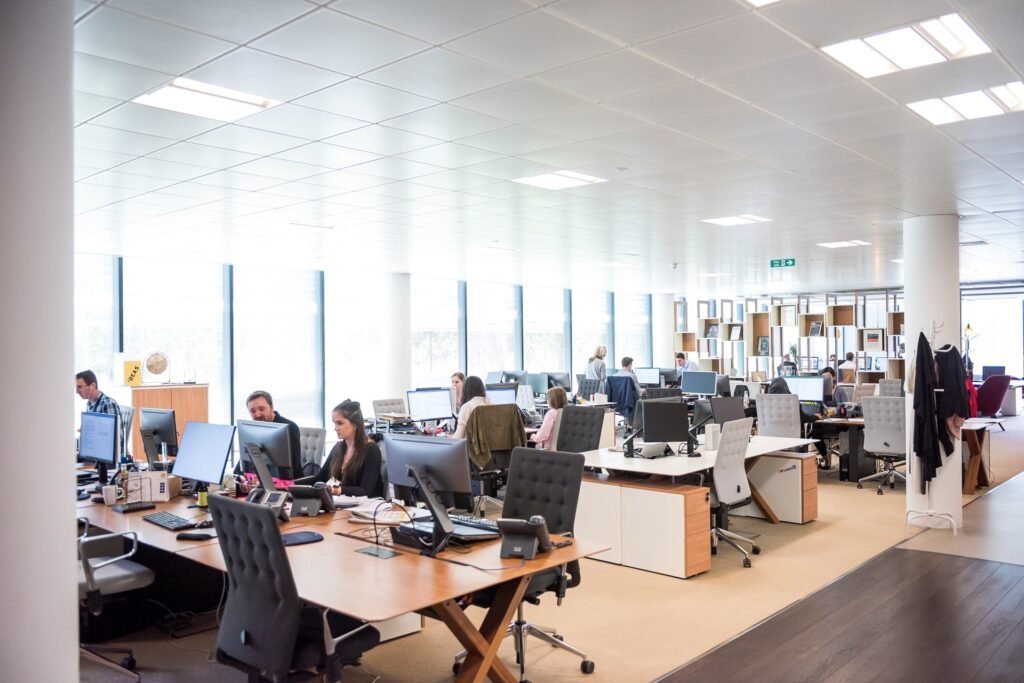
It requires high illuminance of light to maintain a workable, positive atmosphere. Daylight harvesting is the most efficient solution for an open floor plan.
Recessed ceiling-mounted lights help to light up the workspace homogeneously.
Add spotlights or downlights to avoid any dark spots.
Ergonomic is an integral parameter for any office lighting and it should not be neglected under any circumstances.
Desk

Even if you have ceiling lights for the workplace, having a fully adjustable task light on the desk can never go wrong. Desk lamps at individual workstations provide both direct, task-oriented, and indirect background lighting which helps reduce glare.
Ensure that the task lights are placed on the opposite side of the writing hand to avoid casting shadows.
Office Desks and Task Lighting
When considering office interior lighting design, don’t overlook the importance of lighting at individual workstations, especially office furniture Sydney. Task lighting is essential to provide focused illumination for tasks such as reading, writing, or using the computer. Desk lamps with adjustable arms and brightness settings can be placed strategically to minimize shadows and reduce eye strain. This localized lighting not only enhances productivity but also allows employees to personalize their lighting preferences, contributing to a comfortable and efficient workspace. Proper task lighting on office desks is a key component of a well-rounded lighting strategy, contributing to the overall success of your office lighting design.
Executive Office

The executive office has to be a very elegant space. It requires high illumination.
Accent lights can focus on special areas and artistic elements.
Install smart light control.
Use suspended luminaire and track lights for accent lighting.
Meeting Room

Meeting rooms are spaces where presentations, important work-related discussions, and workshops take place. The lighting here should ideally combine warm and cool light to balance the atmosphere of the space.
Accent light and ambient light, when used in collaboration give an aesthetic effect to the meeting room.
Kitchen Area
The light above the cooking counter should be sharp and shadow-free. Whereas the serving island can have warm lighting.
Communal Space

The atmosphere in this area has to be very relaxed.
Dimmable lights and tabletop lights work best in such spaces.
Along with this, make sure that the communal space is in an area with a good amount of natural light as it helps in reducing stress.
These guys are some of the best in the custom design LED industry which you can check.
In the realm of office lighting guide, the options are plentiful, but the right choice depends on various factors – from the layout of the space to the desired ambience. Throughout this guide, we’ve explored a range of lighting solutions, with a special focus on the versatility, mood-enhancing capabilities, and sustainability of high bay LED lights. Remember, the ideal office lighting design seamlessly combines functionality with aesthetics, creating an environment where productivity and well-being thrive side by side.
FAQs
Q. What is the importance of office lighting design?
A. Office design lighting is crucial as it directly impacts employee’s productivity, health, and well-being. A well office light design scheme can create a pleasant and comfortable work environment, enhancing employee’s zest for working.
Q. How does office interior lighting design affect ergonomics?
A. Ergonomics in office interior lighting design ensures that light and people interact efficiently and safely. Sufficient lighting around workspaces is essential to prevent eyestrain and headaches caused by inadequate lighting.
Q. How does office lighting design guide impact productivity and quality of work?
A. Studies have shown that exposure to natural light can increase employees’ productivity, creativity, and overall health. Well-designed office lighting design guide can help keep workers healthy, productive, and motivated.
Q. What is the ideal source of architectural office LED lighting?
A. Architectural office LED lighting is considered the most ideal choice for office lighting. It is energy-efficient, can be dimmed according to daylight, and helps eliminate glare, improving comfort and workability.
Q. How can natural light be maximized in an office setting?
A. Natural light should be the primary source of lighting in an office, with artificial lighting serving as secondary. Positioning workstations to face north or south can help avoid direct sunlight and glares.
Q. How can different light sources be used in office lighting design?
A. Office lighting is not limited to overhead or desk lighting. Indirect lighting can help illuminate workspaces subtly and relieve eyestrain. Additionally, non-reflective background surfaces can positively influence the work environment.
Q. What is the recommended color temperature for office lighting?
A. Cooler bluish and white lights are ideal for spaces where concentration is required, while warm, yellowish-toned lights work well in spaces where people come to relax.
Q. How can energy be saved in office lighting?
A. Using LEDs, setting up motion-sensored lights, and installing dimmers are efficient ways to save energy in an office setting.
Q. What are the benefits of installing lighting control systems in an office?
A. Lighting control systems help utilize lighting sources more optimally, saving power and money. They can also make the most out of natural daylight by regulating lighting in different areas of the office.
Q. What is the importance of office lighting design in different rooms?
A. Office lighting layout should consider the requirements of each room, from the entrance and reception to communal spaces. Adequate lighting in the workplace contributes to a comfortable and efficient workspace.

